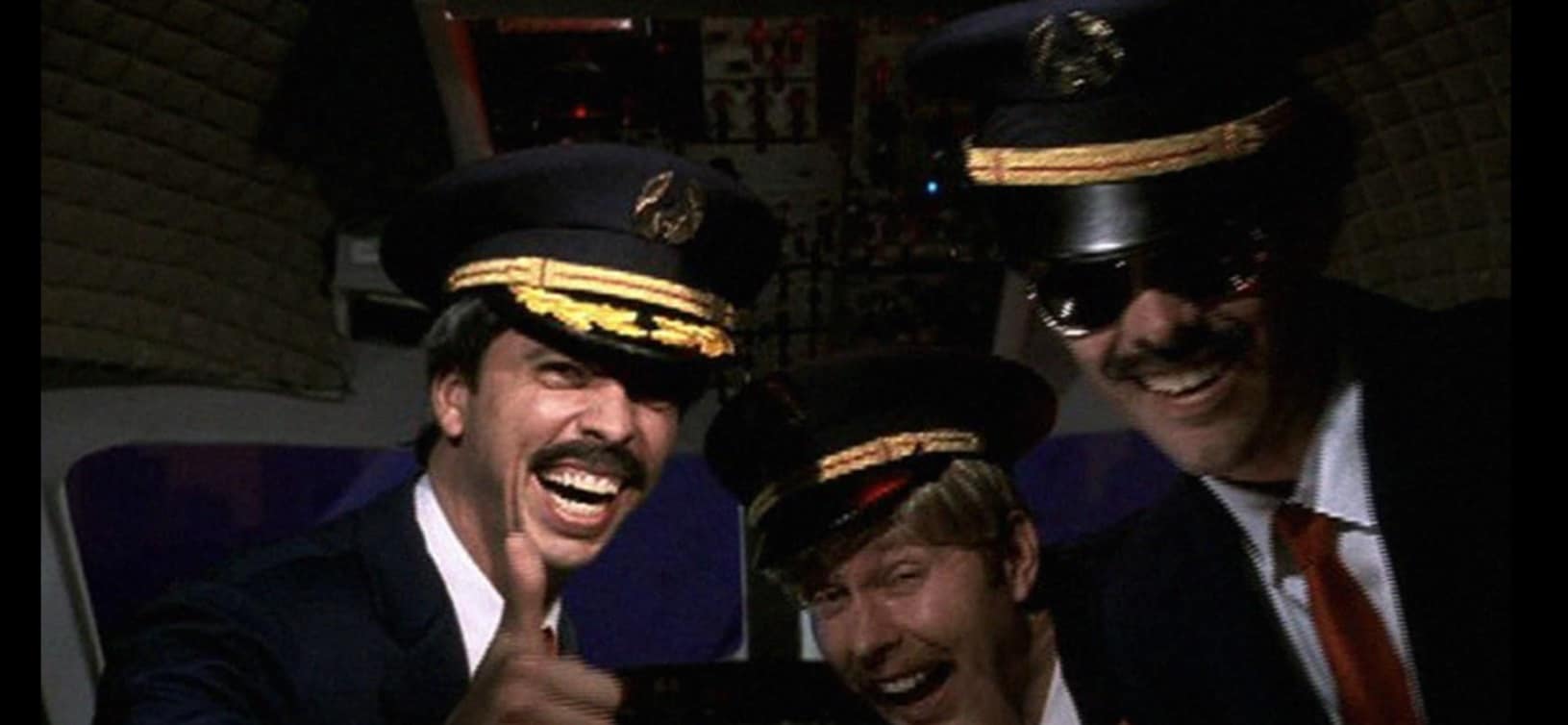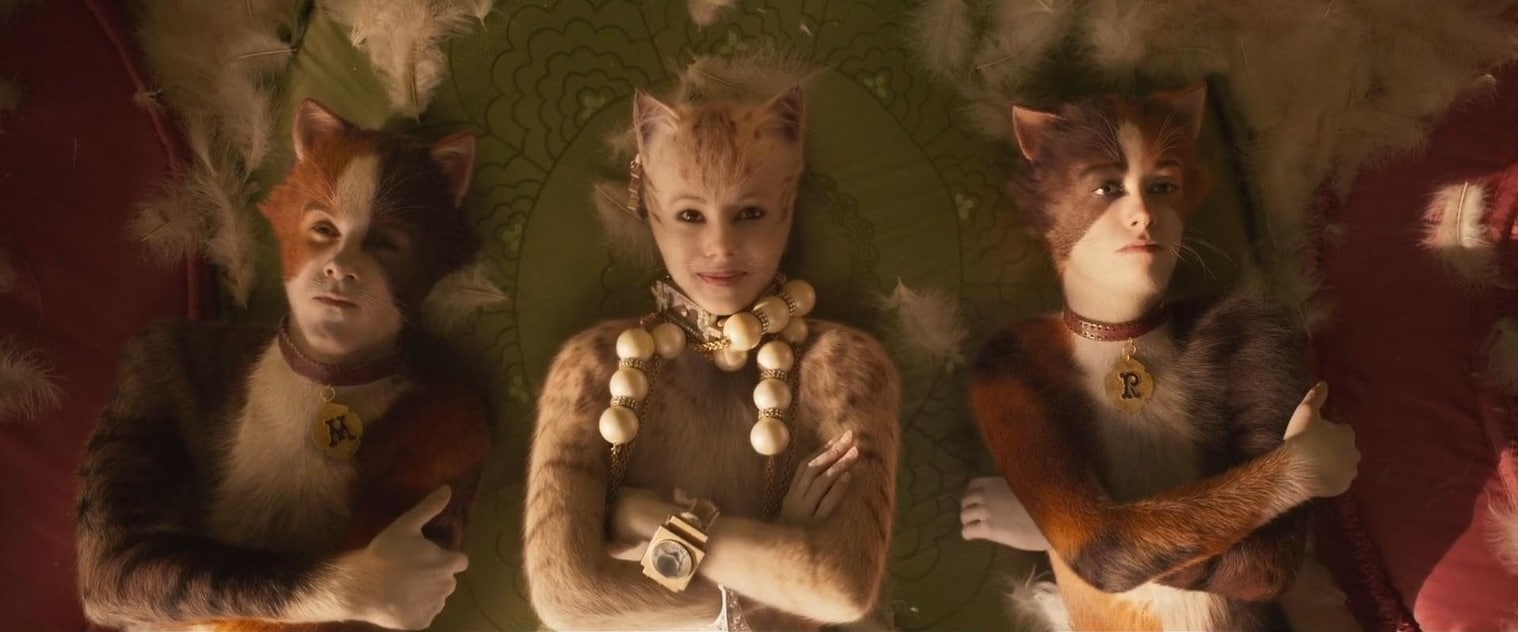In the ever-evolving world of music, the power of visual storytelling has become just as crucial as the sound itself. Over the years, music videos have transcended mere promotional tools, transforming into powerful narratives that shape cultural moments, inspire fashion trends, and even challenge societal norms. From groundbreaking effects to unforgettable choreography, some music videos have redefined the way we experience music, leaving an indelible mark on the industry. In this article, we explore nine iconic music videos that not only captivated audiences but also revolutionized the art of visual storytelling in the music industry.
1.) Gorillaz

Gorillaz redefined visual storytelling because they revolutionized the concept of a “virtual band” in their music videos. By blending music with animation and creating a fictional universe for their characters, Gorillaz pushed the boundaries of how music and visuals could intersect, offering a fresh and immersive experience for fans.
2.) Without Me by Eminem
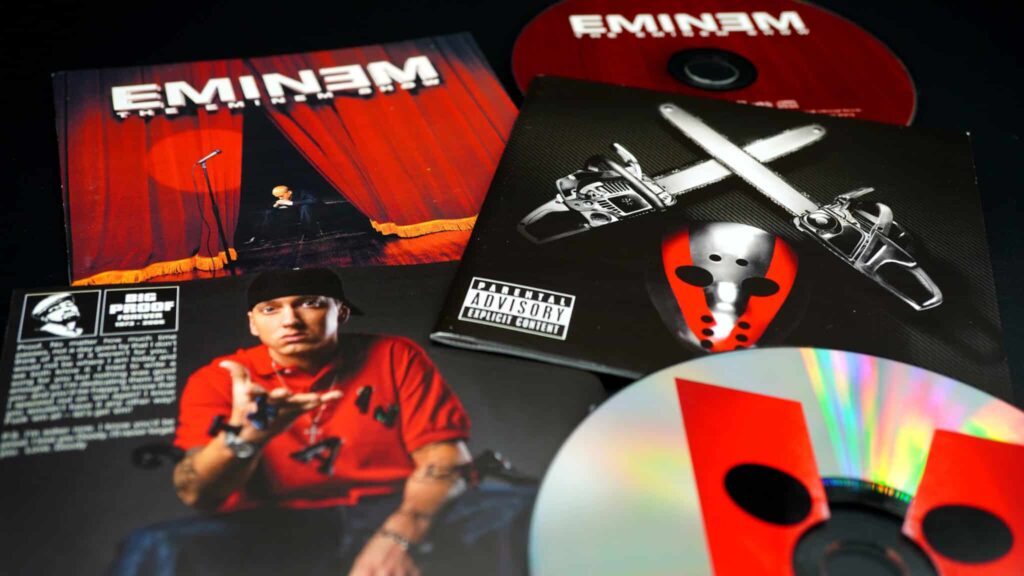
Eminem’s “Without Me” is another perfect example of a music video that redefined visual storytelling in the music industry. Released in 2002, the video is notable for its high-energy, comic-book-style presentation, where Eminem portrays a variety of over-the-top characters, including a superhero version of himself.
Directed by Joseph Kahn, “Without Me” is filled with rapid cuts, vibrant colors, and satirical references to pop culture, making it both a visual feast and a clever commentary on the media and Eminem’s own controversial public persona. The video’s playful and irreverent tone, paired with its creative use of costumes, special effects, and dynamic storytelling, helped to elevate the music video format to new heights. It demonstrated how a music video could be used not only to entertain but also to amplify an artist’s message and persona in a way that was both humorous and impactful. The success of “Without Me” further cemented Eminem’s status as a cultural icon and showcased the potential of music videos as a medium for complex, multimedia storytelling.
3.) Ever Long by Foo Fighters
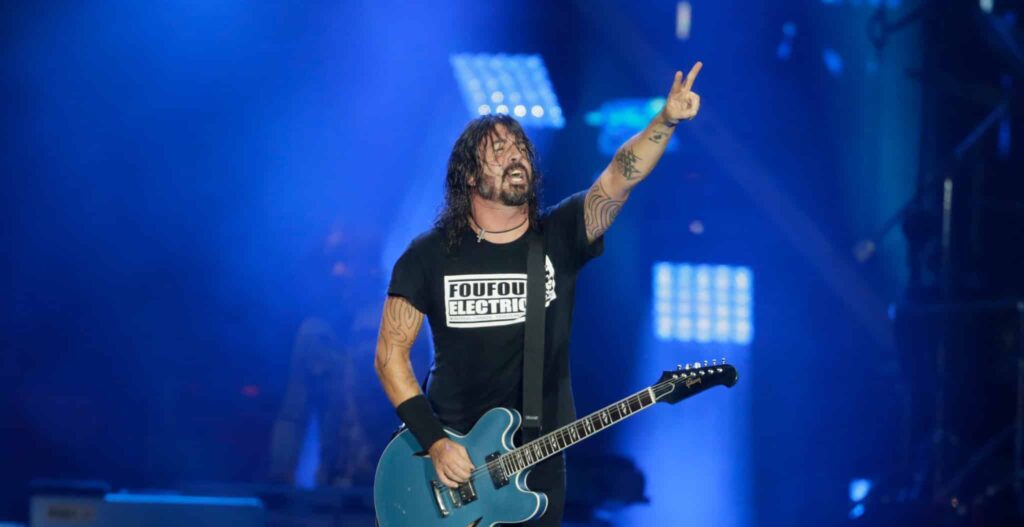
Directed by Michel Gondry, known for his distinctive, dreamlike style, the “Everlong” video is a remarkable blend of humor, horror, and fantasy, which perfectly complements the emotional depth of the song.
Released in 1997, the video features lead singer Dave Grohl navigating a series of bizarre, dreamlike scenarios, including transforming into a giant hand to fight off attackers and shrinking down to a miniature size. The narrative plays out like a surreal dream, with the boundaries between reality and fantasy constantly shifting. This inventive use of visual effects and unconventional storytelling techniques made “Everlong” a standout in the music video world, capturing viewers’ imaginations and adding a new layer of meaning to the song.
The video’s ability to mix different genres and create a compelling, visually driven narrative was groundbreaking at the time, and it showcased how music videos could be a platform for artistic experimentation. “Everlong” remains one of the Foo Fighters’ most iconic songs, and the video is often celebrated for its creativity and lasting impact on the music industry.
4.) Learn to Fly by Foo Fighters
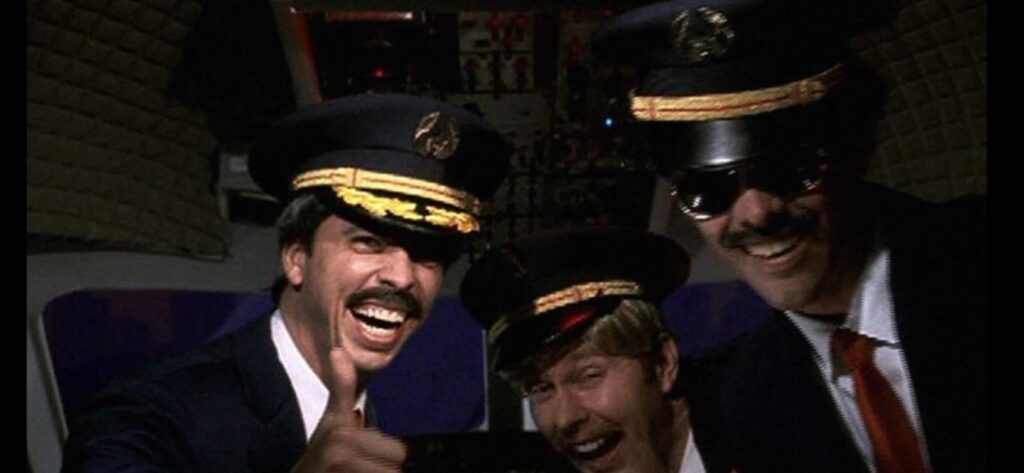
Released in 1999 and directed by Jesse Peretz, the video is essentially a short comedy film, showcasing the band’s playful side while delivering a memorable narrative.
In “Learn to Fly,” the band members take on multiple roles aboard a chaotic airplane flight, including passengers, flight attendants, and even the pilots. The video features a hilarious mix of slapstick humor, visual gags, and exaggerated character portrayals, including a memorable cameo by the band Tenacious D. The plot revolves around an accidental mishap with drug-laced coffee that causes the passengers and crew to act bizarrely, leading to a series of comedic events that escalate throughout the video.
What makes “Learn to Fly” stand out is its blend of humor and storytelling, combined with a level of production that feels more like a mini-movie than a traditional music video. It demonstrated how a band could use visual storytelling to enhance the song’s appeal while also showcasing their personalities in a fun and engaging way. The video’s success helped solidify Foo Fighters’ reputation not only as rock icons but also as a band unafraid to experiment with different genres and styles in their videos. “Learn to Fly” remains one of the Foo Fighters’ most beloved videos, praised for its creativity and comedic brilliance.
5.) Interstellar 5555 by Daft Punk
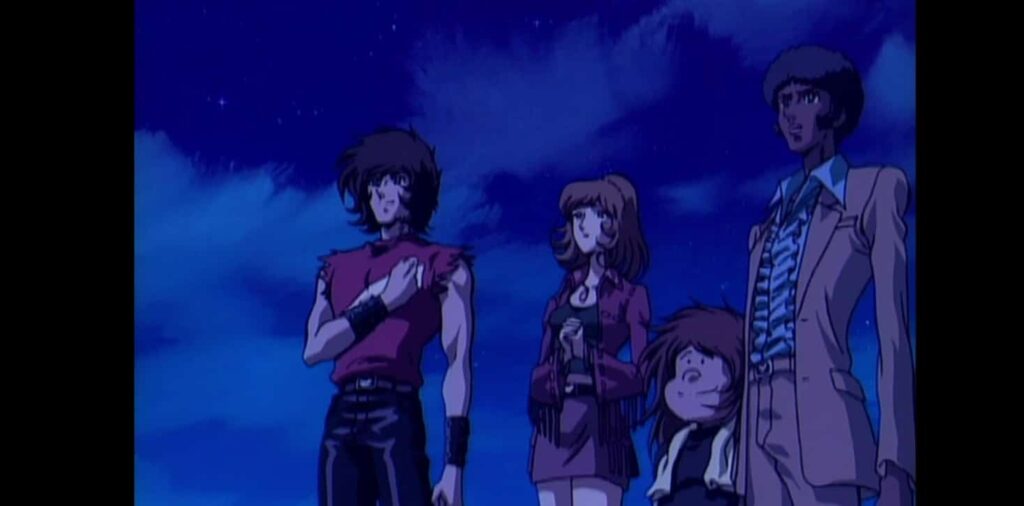
Daft Punk’s “Interstella 5555” is a landmark in visual storytelling that took the concept of music videos to an entirely new level by merging them with anime to create a full-length animated film. The project, officially titled “Interstella 5555: The 5tory of the 5ecret 5tar 5ystem,” is a collaboration between Daft Punk, Japanese anime legend Leiji Matsumoto, and director Kazuhisa Takenouchi. Released in 2003, the film is a visual realization of Daft Punk’s album Discovery and is composed entirely of music videos for each track, with no spoken dialogue.
“Interstella 5555” tells the story of an intergalactic pop band that is kidnapped and brought to Earth by an evil music mogul, who disguises them as human musicians to exploit their talents. The film’s narrative unfolds through a seamless blend of Daft Punk’s music and Matsumoto’s signature anime style, creating a rich, emotive experience that transcends traditional music video formats.
What makes “Interstella 5555” particularly iconic is its ambitious scope and the way it integrates the album’s music into a cohesive, cinematic narrative. The project blurred the lines between music video, animated film, and concept album, showing how visual art and music could be interwoven to tell a compelling story without a single word being spoken. This pioneering approach to music video production has had a lasting influence on both the music and animation industries, and it remains a cult classic that is celebrated for its innovation and artistry.
6.) Take on Me by A-ha
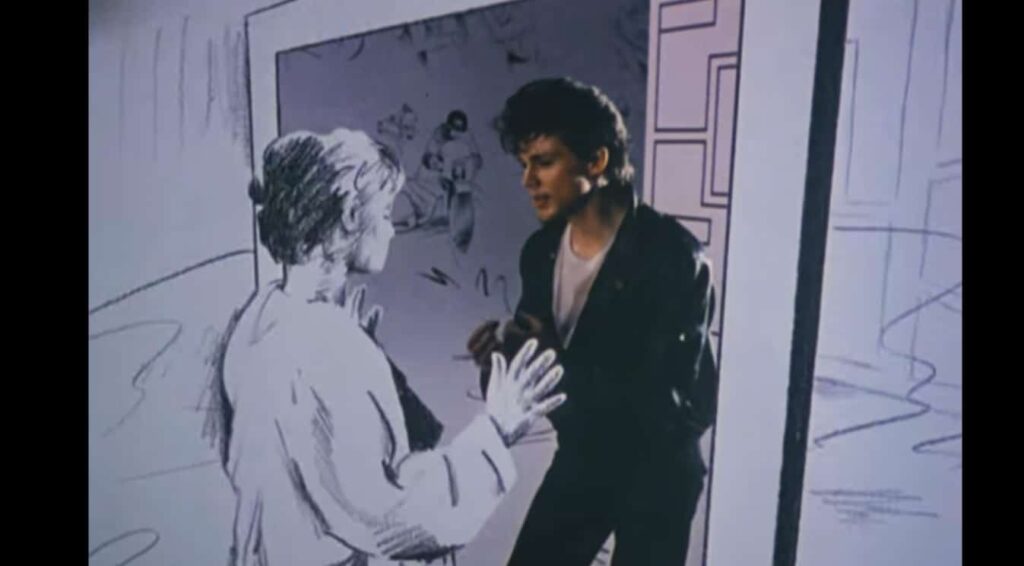
A-ha’s “Take on Me” is one of the most iconic music videos of all time, known for its groundbreaking blend of live-action and animation that revolutionized visual storytelling in the music industry. Released in 1985 and directed by Steve Barron, the video features a unique rotoscoping technique, where live-action footage is traced over to create a distinctive hand-drawn animation style.
The video tells the story of a young woman who is pulled into a comic book world by the lead singer, Morten Harket, where they embark on a thrilling, romantic adventure. The seamless transitions between the animated comic book world and the real world were unprecedented at the time, creating a visual experience that captivated audiences worldwide.
What makes “Take on Me” particularly significant is how it used innovative visual effects to enhance the emotional impact of the song. The video’s creative concept and execution were unlike anything seen before, pushing the boundaries of what was possible in music videos. Its success not only helped propel A-ha to international stardom but also set a new standard for the medium, demonstrating that music videos could be a powerful form of artistic expression, combining music, storytelling, and visual art in a way that could resonate deeply with viewers.
“Take on Me” remains a timeless classic, celebrated for its artistic vision and technical achievement, and continues to influence music video production to this day.
7.) Shelter by Porter Robinson and Madeon

“Shelter” by Porter Robinson and Madeon is a music video that stands out for its emotional depth and stunning animation. Released in 2016, the video was created in collaboration with the Japanese animation studio A-1 Pictures and tells a poignant story of a young girl named Rin, who lives in a virtual reality world created by her father to protect her after the Earth is devastated by a catastrophic event.
The video is a powerful example of how music can be paired with animation to convey complex emotions and stories. Through its beautiful, anime-style visuals and intricate storytelling, “Shelter” explores themes of loss, memory, and the enduring bond between parent and child. The video’s narrative unfolds alongside the music, with the visuals adding layers of meaning to the song, transforming it into a multi-dimensional experience.
What makes “Shelter” particularly iconic is how it elevates the traditional music video format into a short film with a deeply resonant story. The animation’s emotional impact, combined with the uplifting yet melancholic tone of the song, creates a profound viewing experience that resonates with audiences long after the video ends. “Shelter” showcases the power of music videos as a medium for storytelling, where music and visuals can come together to create something truly unique and moving.
8.) Genghis Khan by Miike Snow

“Genghis Khan” by Miike Snow is a standout music video with its clever subversion of classic spy movie tropes and its unexpected, heartwarming narrative. Released in 2016 and directed by Ninian Doff, the video presents a story that blends action, romance, and humor, creating a memorable and unique visual experience.
The video centers around a James Bond-style villain who captures a secret agent, only to find himself conflicted by unexpected romantic feelings for his prisoner. Instead of following the typical villainous plot to eliminate the hero, the video takes a surprising turn as the villain’s internal struggle leads to a touching and humorous love story. The video is filled with retro aesthetic touches, reminiscent of 1960s spy films, and uses its cinematic style to playfully twist familiar narratives.
What makes “Genghis Khan” particularly iconic is how it turns the expected storyline on its head, using the medium of the music video to explore themes of love, identity, and acceptance in a way that is both entertaining and emotionally resonant. The choreography, cinematography, and the charismatic performances of the actors contribute to making the video a compelling short film in its own right.
The video was praised for its originality, creativity, and its ability to tell a complete, satisfying story within the confines of a music video. “Genghis Khan” is a perfect example of how music videos can be used to challenge conventional storytelling and deliver unexpected, meaningful narratives that linger with viewers.
9.) Hello by Lionel Richie
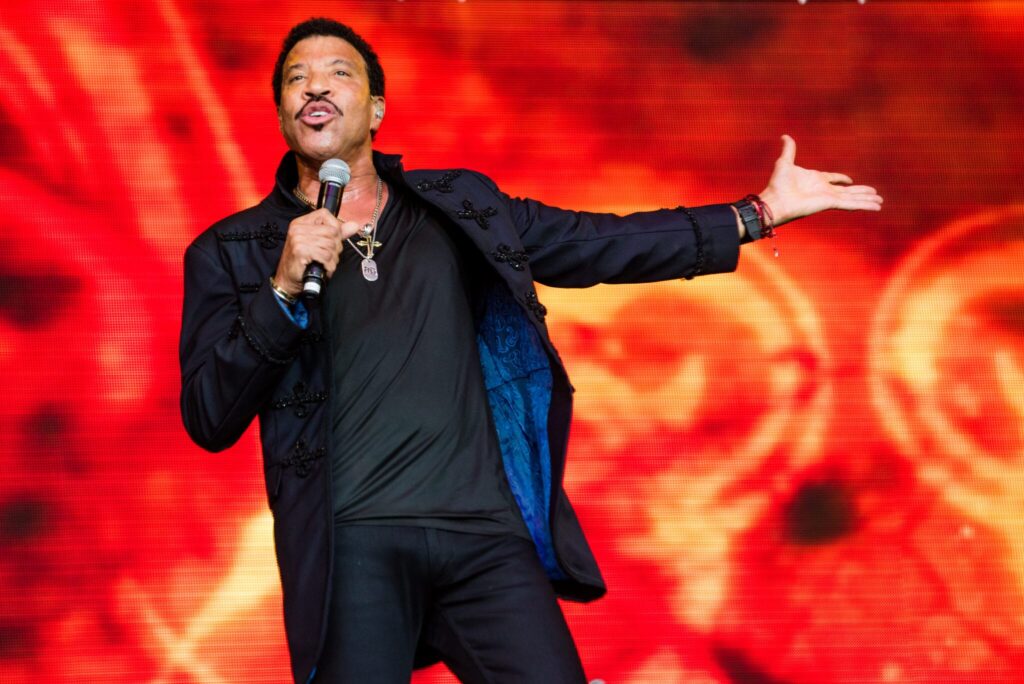
Lionel Richie’s “Hello” is a music video that became iconic not only for its emotional impact but also for its narrative approach that redefined visual storytelling in the music industry. Released in 1984 and directed by Bob Giraldi, the video tells the story of a romantic longing between a teacher, played by Richie, and a visually impaired student, portrayed by actress Laura Carrington.
The video is notable for its heartfelt storyline, which unfolds as Richie’s character tries to connect with his student, expressing his unspoken feelings through the lyrics of the song. The narrative takes a poignant turn when the student reveals her affection by sculpting a bust of Richie’s head, symbolizing her emotional connection to him despite her inability to see him.
What makes “Hello” particularly memorable is how it uses the music video format to tell a complete, emotionally charged story that resonates with the themes of love and yearning expressed in the song. The video’s focus on the power of emotional connection, beyond physical sight, gave it a unique and touching quality that set it apart from other music videos of its time.
The “Hello” video is also remembered for its cultural impact, becoming a defining visual piece of the 1980s and contributing to Lionel Richie’s status as a pop and soul icon. It demonstrated how music videos could be used to enhance the emotional depth of a song by creating a visual narrative that complements and amplifies its themes, making “Hello” a lasting piece of music video history.
Source: Reddit
Buckle Up and Blast Off: The 14 Best Road Trip Songs to Fuel Your Adventure
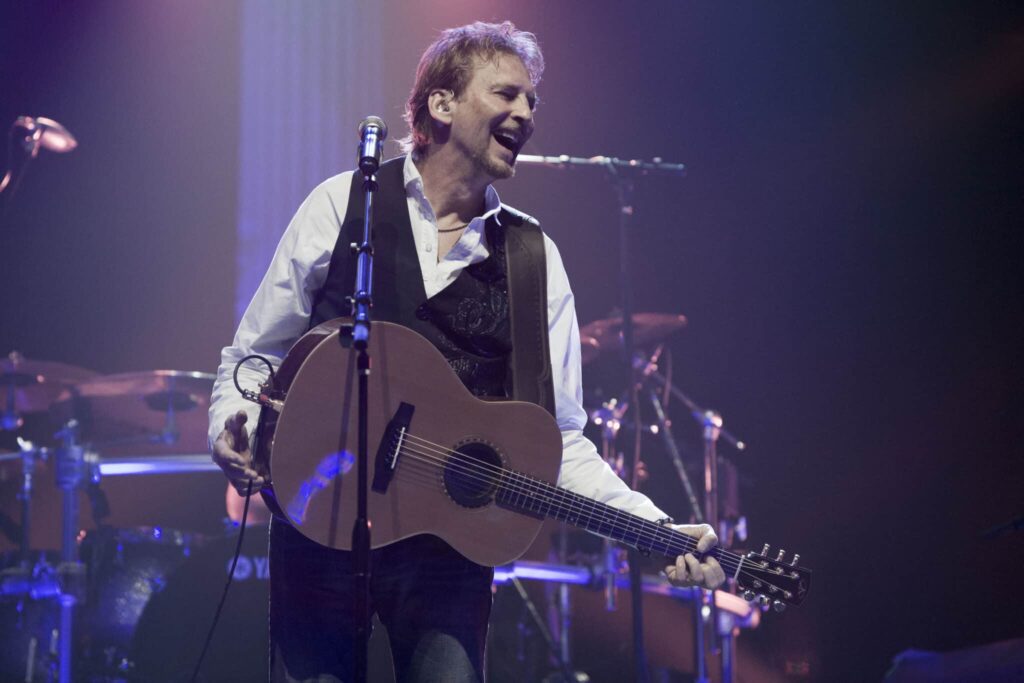
If you’re planning a road trip and your playlist still needs some serious sprucing up, fear not! I’ve got you covered. Let’s be real; a road trip without some epic tunes is like pizza without toppings – just plain wrong! And lucky for you, the internet has recently been buzzing with some excellent song recommendations that are sure to kick your journey up a notch. So turn up the volume, and let’s hit the road.
Read more: Buckle Up and Blast Off: The 14 Best Road Trip Songs to Fuel Your Adventure
10 Things People Miss the Most About the ’90s
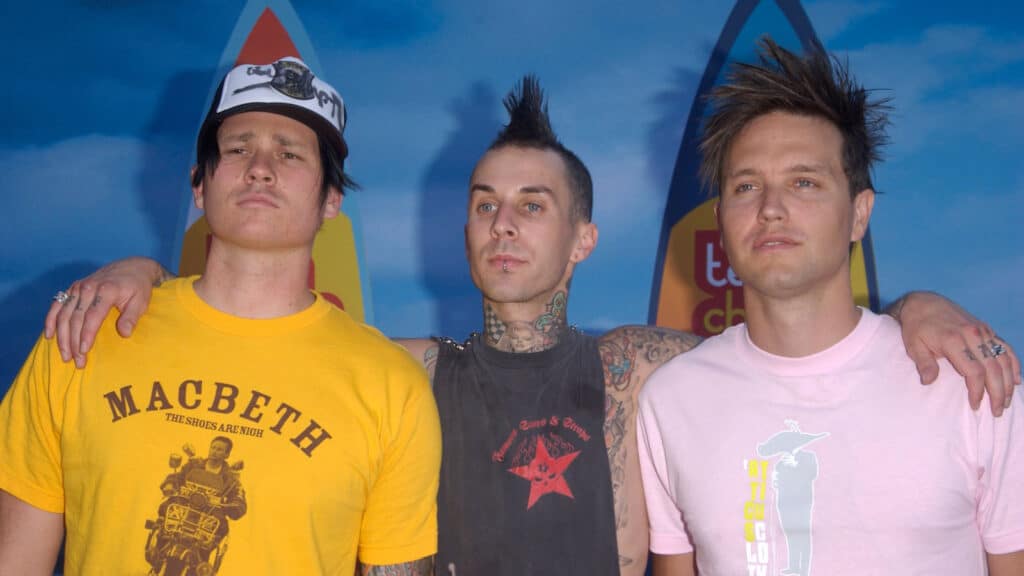
The ’90s was a decade filled with iconic fashion, music, and pop culture. It was also a simpler time, where people could enjoy life without the constant distractions of technology and social media. Recently on an online platform, people were asked what they missed most about the ’90s, and their responses were both nostalgic and heartfelt. From the accessories and music to the freedom and innocence, here are some of the things people missed most about the ’90s.
Read more: 10 Things People Miss the Most About the ’90s
10 Gen Z Trends That Older Generations Will Never Understand
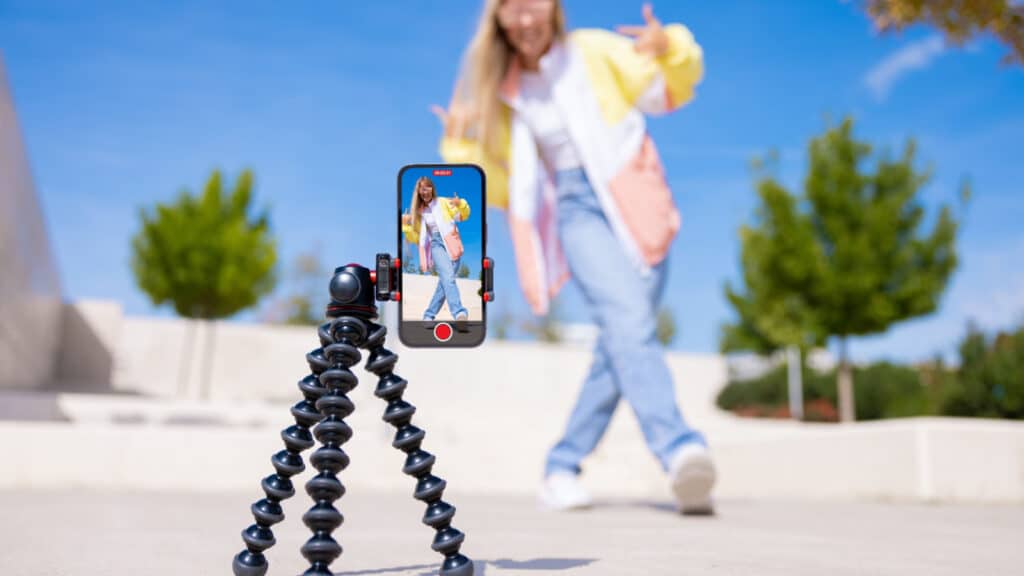
Gen Z is the generation that was born between the mid-1990s and the early 2010s. They are known for being the first generation to grow up entirely in the digital age, with widespread access to the internet, smartphones, and social media. They have been exposed to advanced technology from an early age, and as a result, tend to be highly proficient in using digital tools and platforms. That said, older generations, such as Boomers and Millennials, find some of the Gen Z “trends” quite hard to comprehend. Let’s see the top 12 trends that older generations recently responded with on an online platform.
Read more: 10 Gen Z Trends That Older Generations Will Never Understand

